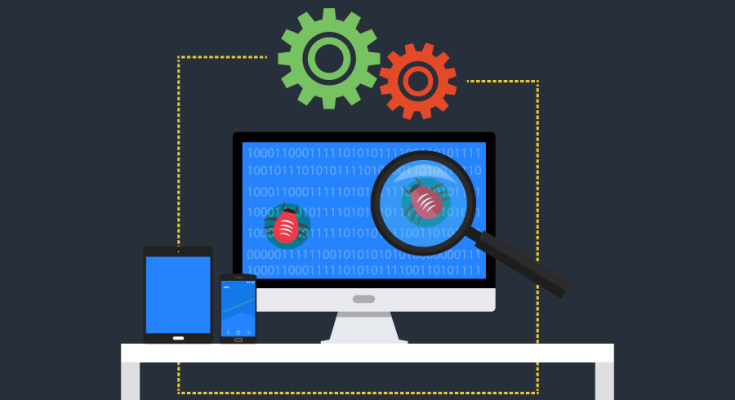System Testing in Software Engineering is the process of verifying and validating the complete system, including hardware, software, and all other components, to ensure that it meets the requirements and is fit for use. It is a critical step in the software development lifecycle as it is the last stage of testing before the product is released to the market. In this blog, we will discuss the best practices for System Testing in Software Engineering.
Create a comprehensive test plan
A comprehensive test plan is essential for System Testing as it outlines the objectives, resources, schedule, and procedures for testing the system. The test plan should also include a list of test cases, test data, and expected results. This will ensure that the testing process is well-organized and that the objectives are clear.
Identify all system components
Before starting System Testing, it is important to identify all system components, including hardware, software, and any other components. This will help to ensure that all components are tested and that no critical component is missed.
Use automated testing tools
Automated testing tools are an effective way to perform System Testing as they can run tests repeatedly and quickly, reducing the risk of human error. They also make it easier to test large and complex systems. Some of the popular automated testing tools include Selenium, JUnit, and TestNG.
Test the system end-to-end
System Testing should test the complete system, from start to finish, including all components, interfaces, and functionalities. This will ensure that the system works as expected and that all components are integrated correctly.
Involve all stakeholders in testing
It is important to involve all stakeholders in the testing process, including developers, project managers, and users. This will help to ensure that the testing process is comprehensive and that all perspectives are taken into consideration.
Document all test results:
Documenting all test results is crucial in System Testing as it helps to track the progress of testing and to identify any issues that need to be addressed. The documentation should include the test cases, test data, expected results, and actual results.
Conduct regression testing
Regression testing is the process of testing the system after changes have been made to ensure that the changes have not introduced any new issues. This is an important part of System Testing as it helps to ensure that the system continues to work as expected after changes have been made.
Conclusion
In conclusion, System Testing in Software Engineering is a critical step in the software development lifecycle. By following the best practices outlined in this blog, you can ensure that your System Testing is comprehensive and effective, and that the product is ready for release to the market. By creating a comprehensive test plan, identifying all system components, using automated testing tools, testing the system end-to-end, involving all stakeholders in testing, documenting all test results, and conducting regression testing, you can ensure that your System Testing is successful.




